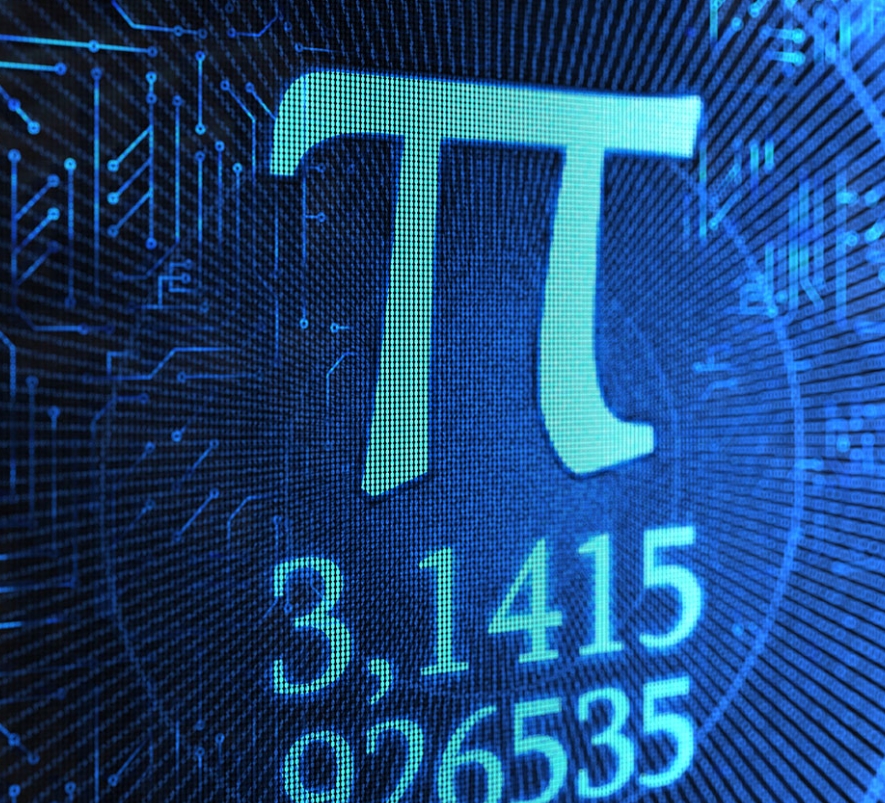Pi Day: History and Significance
Pi Day is an annual celebration of the mathematical constant π (pi). It is observed on March 14th (3/14 in the month/day format) since 3, 1, and 4 are the first three significant digits of π.
Pi Day was founded by physicist Larry Shaw in 1988 and has since become a popular celebration among math enthusiasts, students, and educators around the world.
History
The earliest known official celebration of Pi Day was organized by Larry Shaw at the San Francisco Exploratorium in 1988. Shaw and his colleagues at the Exploratorium celebrated the day by marching around a circular space and then consuming pie. The Exploratorium continues to hold Pi Day celebrations to this day.
In 2009, the United States House of Representatives passed a non-binding resolution (HRES 224) recognizing March 14 as National Pi Day (United States). The resolution was introduced by Representative Bart Gordon and supported by 17 cosponsors.
Pi Day was designated as International Day of Mathematics by UNESCO’s 40th General Conference in November 2019
Celebration and Activities
Pi Day is celebrated in various ways, often with a focus on mathematics, science, and pie. Typical activities include:
- Eating pie: Many people celebrate by eating circular foods, particularly pie, as a play on the homophone “pi” and “pie.”
- Reciting digits of π: Enthusiasts often engage in pi recitation contests, attempting to memorize and recite as many digits of π as possible.
- Solving math problems: Schools and educational institutions often organize math competitions, puzzles, and games centered around π and its applications.
- Discussing the significance of π: Lectures, seminars, and discussions are held to explore the mathematical and scientific importance of π.
Significance of Pi (π)
Pi (π) is a mathematical constant defined as the ratio of a circle’s circumference to its diameter. It is an irrational number, meaning it cannot be expressed as a simple fraction and has an infinite number of digits after the decimal point. The first few digits of π are 3.14159265359…, giving rise to the common approximation of 3.14 used in many calculations.
Pi has numerous applications in mathematics, science, and engineering. It appears in formulas related to circles, ellipses, and spheres, as well as in various fields such as trigonometry, physics, and statistics. The constant π has fascinated mathematicians for centuries, and its study has led to important developments in number theory and computational methods.
Similar Observances
Some other similar observances are as follows:
Tau Day
Tau Day is celebrated on June 28th (6/28 in the month/day format). Tau (τ) is a mathematical constant defined as the ratio of a circle’s circumference to its radius, which is equal to 2π (approximately 6.28318…).
Tau Day was proposed as an alternative to Pi Day by mathematician Michael Hartl in 2010. He argued that using τ instead of π in mathematical formulas would simplify many equations and make them more intuitive. For example, the area of a circle can be expressed as (τr^2)/2 instead of πr^2, and the circumference of a circle is simply τr instead of 2πr.
e Day (February 7th)
This day celebrates the mathematical constant e (Euler’s number), which is approximately equal to 2.71828. The date is chosen because e is often rounded to 2.7 in many calculations.
Fibonacci Day (November 23rd)
This day honours the Fibonacci sequence, where each number is the sum of the two preceding ones. The date (11/23) represents the first four numbers in the sequence: 1, 1, 2, 3.
Mole Day (October 23rd)
Mole Day celebrates Avogadro’s number (6.02 x 10^23), which is used in chemistry to express the number of particles in one mole of a substance. The date is chosen because it represents the first three digits of Avogadro’s number (6.02) and the time (6:02 am to 6:02 pm) corresponds to the full number.
Zero Day (April 8th or August 4th)
Zero Day celebrates the concept of zero in mathematics. The dates are chosen because they resemble the shape of the number zero (4/8 or 8/4).


